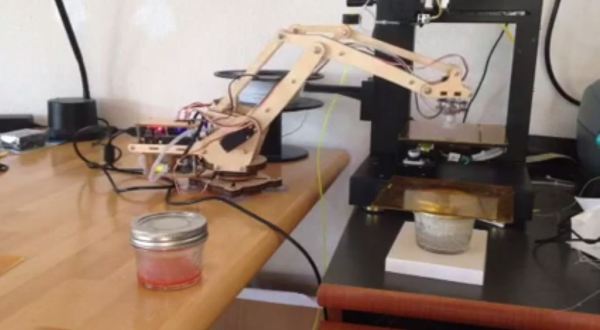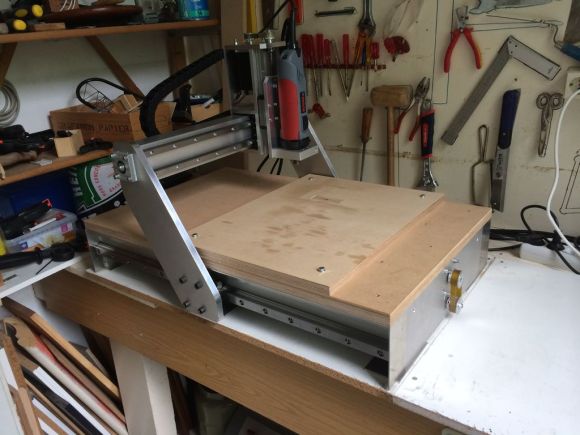[youtube=http://www.youtube.com/watch?v=ZGsmNLdjPUk&w=580]
The hacker meet up at Heatsync Labs in Mesa, AZ on May 15th was an amazing success. I got to meet lots of new people at the gathering but more importantly I was able to interview several hackers who shared a lot of details on their current projects. I put together the short overview video above that has clips of each hacker presenting their project. If you like what you see in the teaser please watch the full 30 minute video with all the presentation footage after the break along with project page links. Also, if you’re not yet up to speed on The Hackaday Prize, the full length video starts with a short overview.
Continue reading “Follow Up Of Hacker Meet Up At Heatsync Labs”

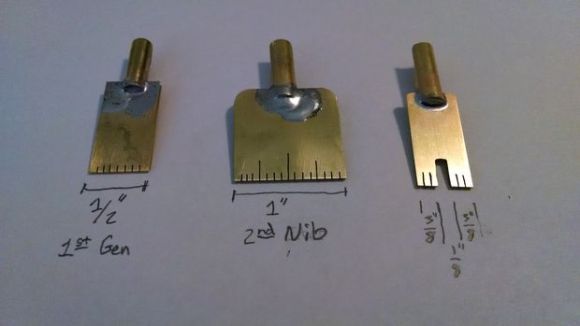 Calligraphy is a rewarding hobby that is fairly inexpensive to get in to. For someone just starting out, poster nibs are a great way to practice making letterforms without worrying about applying the proper pressure required to use nibs that split. With a few tools, you can even
Calligraphy is a rewarding hobby that is fairly inexpensive to get in to. For someone just starting out, poster nibs are a great way to practice making letterforms without worrying about applying the proper pressure required to use nibs that split. With a few tools, you can even 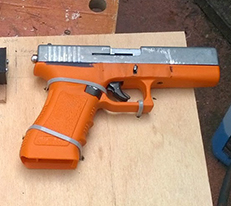 Last year, [Tony] was asked to develop a lasertag system with ultimate realism. This meant a system that used a blank firing replica gun, and a system to detect blank rounds being fired. Very cool,
Last year, [Tony] was asked to develop a lasertag system with ultimate realism. This meant a system that used a blank firing replica gun, and a system to detect blank rounds being fired. Very cool, 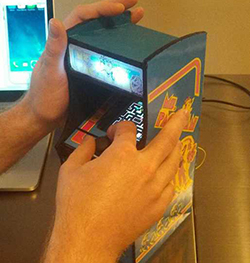 The bragging rights of owning a vintage arcade machine are awesome, but the practicality of it – restoring what is likely a very abused machine, and the sheer physical space one requires – doesn’t appeal to a lot of people. [Jason] has a much better solution to anyone who wants a vintage arcade machine, but doesn’t want the buyer’s remorse that comes with the phrase, “now where do we put it?”
The bragging rights of owning a vintage arcade machine are awesome, but the practicality of it – restoring what is likely a very abused machine, and the sheer physical space one requires – doesn’t appeal to a lot of people. [Jason] has a much better solution to anyone who wants a vintage arcade machine, but doesn’t want the buyer’s remorse that comes with the phrase, “now where do we put it?” 